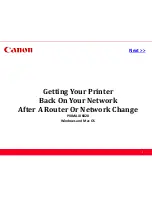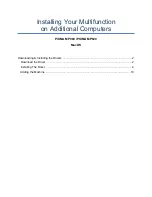
Figure 27: Side View of Cisco A907-F2B-AIR Clearance
The fan trays maintain acceptable operating temperatures for the internal components by drawing in cool air
through the vents, and circulating the air through the chassis.
The following guidelines will help you plan your equipment rack configuration:
• To ensure adequate air flow through the equipment rack, we recommend that you maintain a clearance
of at least 80 mm on each side of the rack at all times.
• If airflow through the equipment rack and the routers that occupy it is blocked or restricted, or if the
ambient air being drawn into the rack is too warm, an overtemperature condition can occur within the
rack and the routers that occupy it.
• The site should also be as dust-free as possible. Dust tends to clog the router fans, reducing the flow of
cooling air through the equipment rack and the routers that occupy it, thus increasing the risk of an
overtemperature condition.
• Enclosed racks must have adequate ventilation. Ensure that the rack is not congested, because each router
generates heat. An enclosed rack should have louvered sides and a fan to provide cooling air. Heat that
is generated by the equipment near the bottom of the rack can be drawn upward into the intake ports of
the equipment above.
• When mounting a chassis in an open rack, ensure that the rack frame does not block the side intakes and
the exhaust fans.
Cisco ASR 907 Router Hardware Installation Guide
43
Preparing for Installation
Air Flow Guidelines
















































